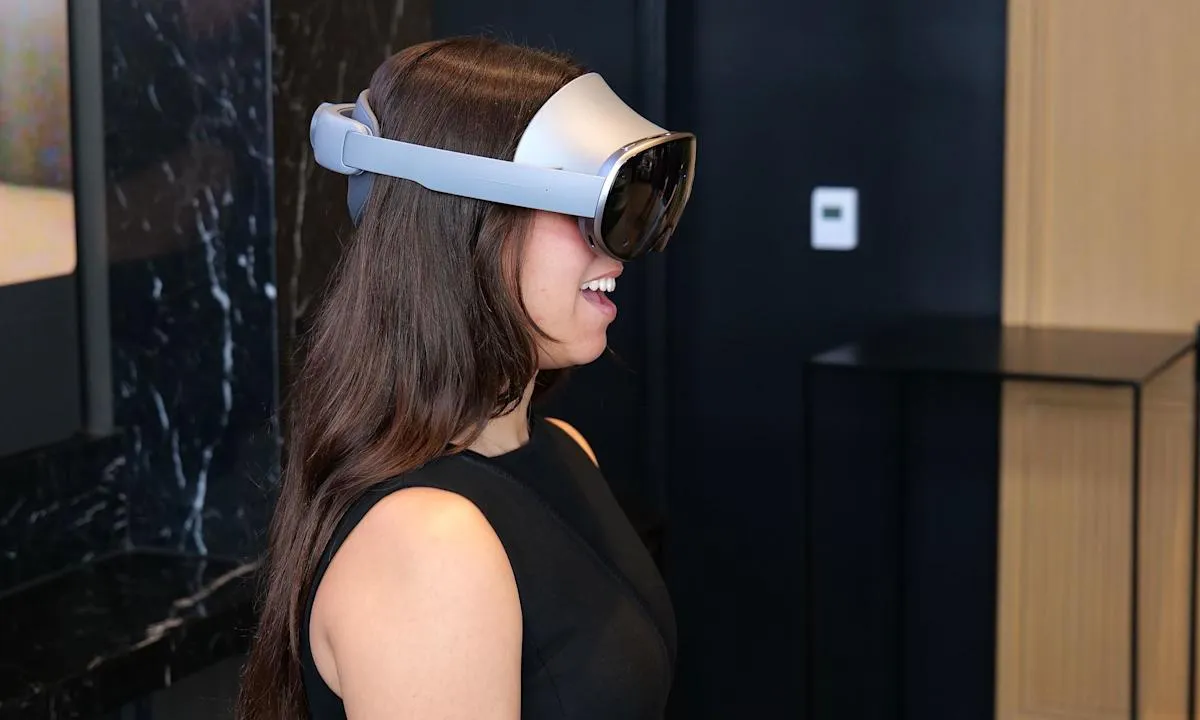
Samsung has recently unveiled the Galaxy XR, the first Android XR device to enter the market, prompting comparisons to Apple's Vision Pro. While Samsung deserves recognition for creating a product that mirrors the Vision Pro in various aspects, it remains priced at $1,800—still a steep cost that is unlikely to attract mainstream consumers eager to explore the potential of mixed reality.
The limited content available for Android XR at this stage positions the Galaxy XR similarly to the Vision Pro: as a sophisticated developer kit rather than a consumer-ready device. For those primarily interested in testing applications for Android XR, this headset could make sense. However, if your goal is simply to experience virtual reality (VR) and dabble in augmented reality (AR), investing in a $500 Meta Quest 3 or a high-performance gaming laptop may provide a more fulfilling experience.
Samsung's Galaxy XR has adopted numerous design elements from the Vision Pro, including a sleek, ski goggle-inspired appearance, dual micro-OLED displays, and hand gesture interactions facilitated by an array of cameras and sensors. However, while Apple is pushing the boundaries of spatial computing with interactive applications in virtual environments, Samsung and Google appear to be focused on simply integrating Android into a headset format.
Currently, there is a scarcity of custom-built XR applications, with the majority of available options being standard offerings from Google such as Maps and Photos. This lack of innovation mirrors the shortcomings seen in the Android tablet ecosystem, where tailored apps are few and far between. Furthermore, the ability to view 360-degree videos on platforms like YouTube has been a basic feature of VR headsets for the last decade, making it less impressive on a device priced at $1,800.
Samsung and Google have yet to provide substantial details regarding their strategies for enhancing XR content. In contrast, Apple is actively advancing the industry with innovative features like 8K Immersive Videos, which deliver sharper and more lifelike visuals than the lower-resolution 360-degree content that dominates the current market. Some speculate that Google’s focus on integrating its Gemini AI into Android XR could eventually enhance the capabilities of these devices, though skepticism remains.
Despite Samsung's efforts, the Galaxy XR appears to be merely replicating Apple's vision, from the virtual avatars to pinch gesture controls. Google's history in the realms of VR and interactive content raises doubts about the future of Android XR. The company has previously abandoned initiatives like Google Cardboard, the Daydream project, and its ambitious Stadia cloud service, which aimed to transform gaming but ultimately faltered.
As the competition intensifies, companies like Samsung, Apple, and Meta have significant challenges to overcome in the XR landscape. Samsung's Galaxy XR is a step towards affordability, especially compared to Apple's offerings, while Meta's recent launch of the Ray-Ban Display at $800 also demonstrates a shift towards more accessible pricing. However, cost is only one aspect of the equation; the purpose and functionality of these devices need to be well-defined to attract consumers.
Having experienced the Vision Pro since its launch, it’s clear that Apple is deeply considering the implications of wearing a computer on one’s face, evident in features like ultra-wide Mac mirroring and the introduction of Spatial Personas that simulate collaboration with others. In contrast, Google’s approach with Android XR feels more like an open version of the Vision Pro, lacking the depth of thought that is necessary to genuinely engage users in this evolving segment of technology.